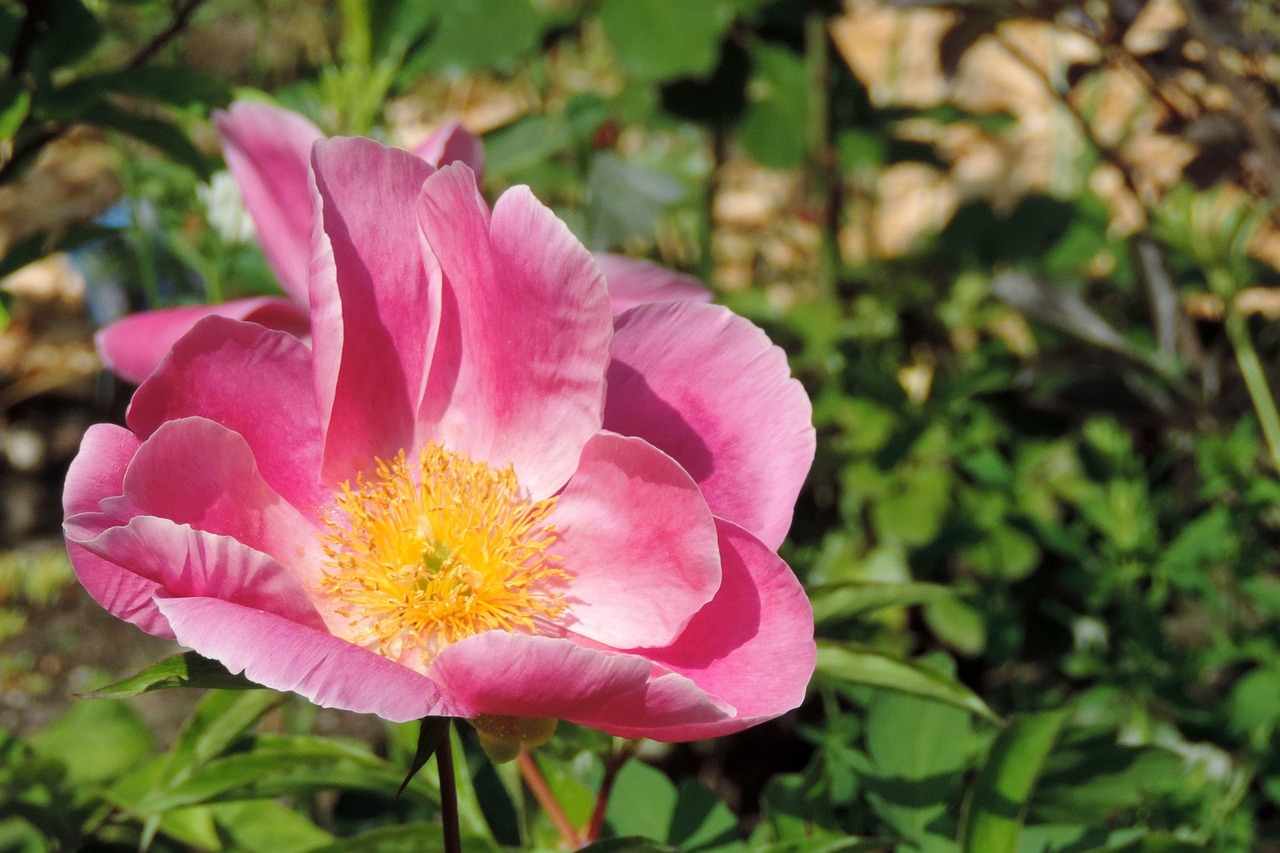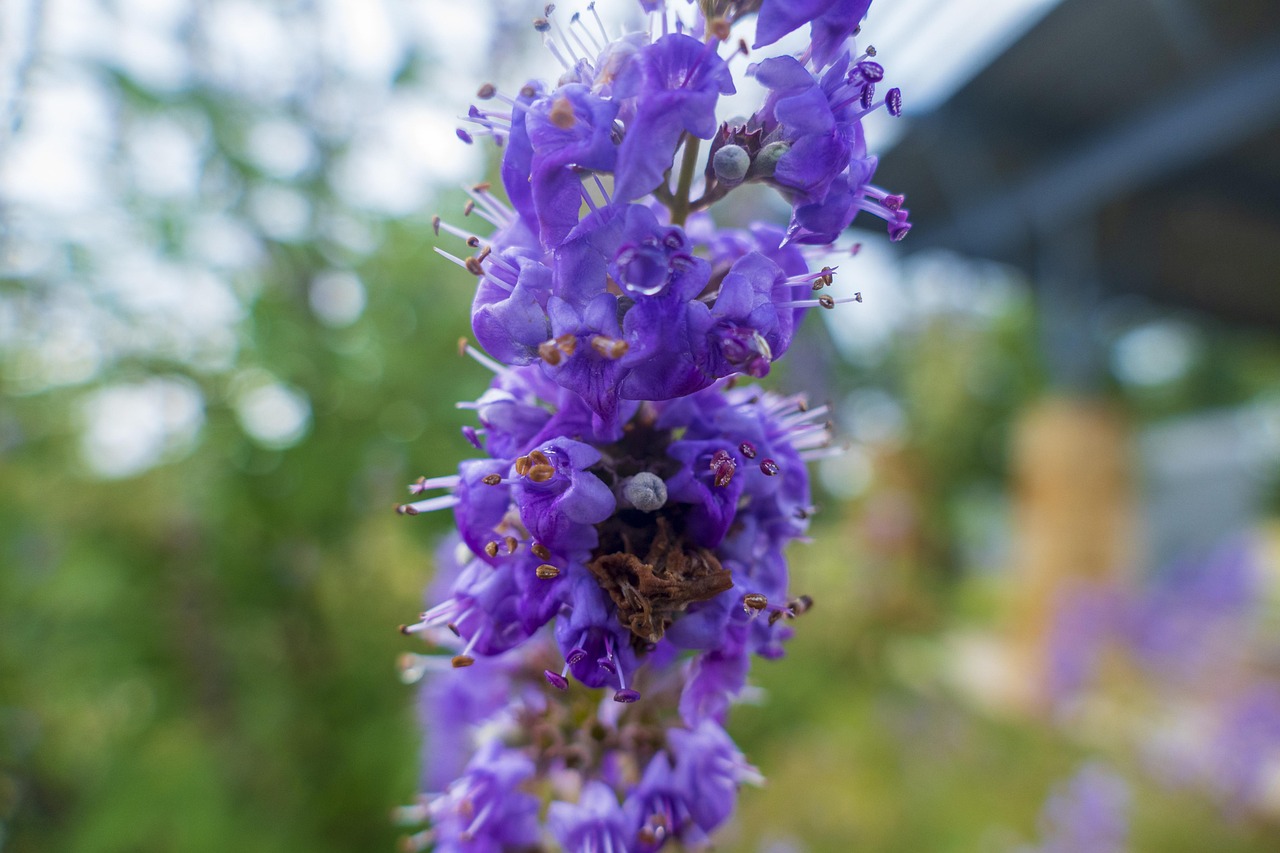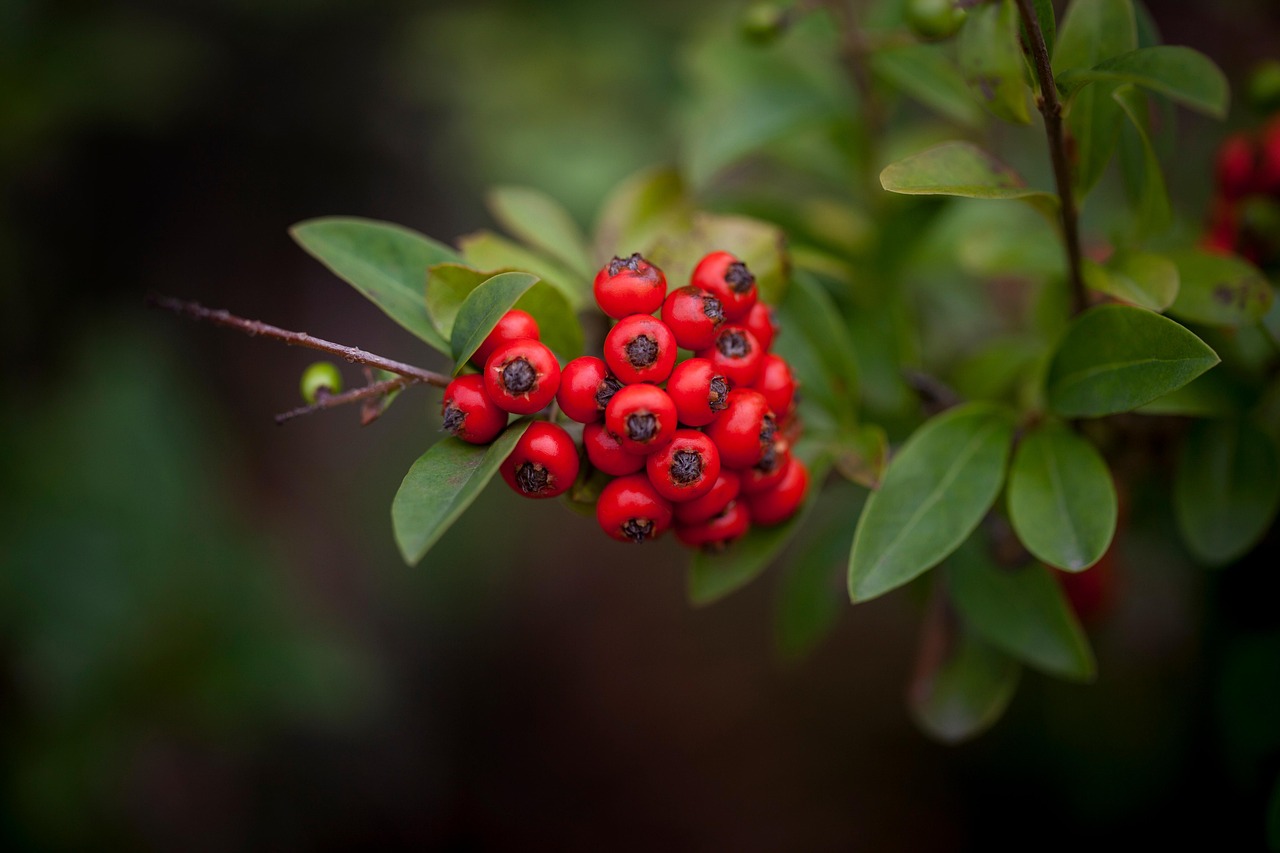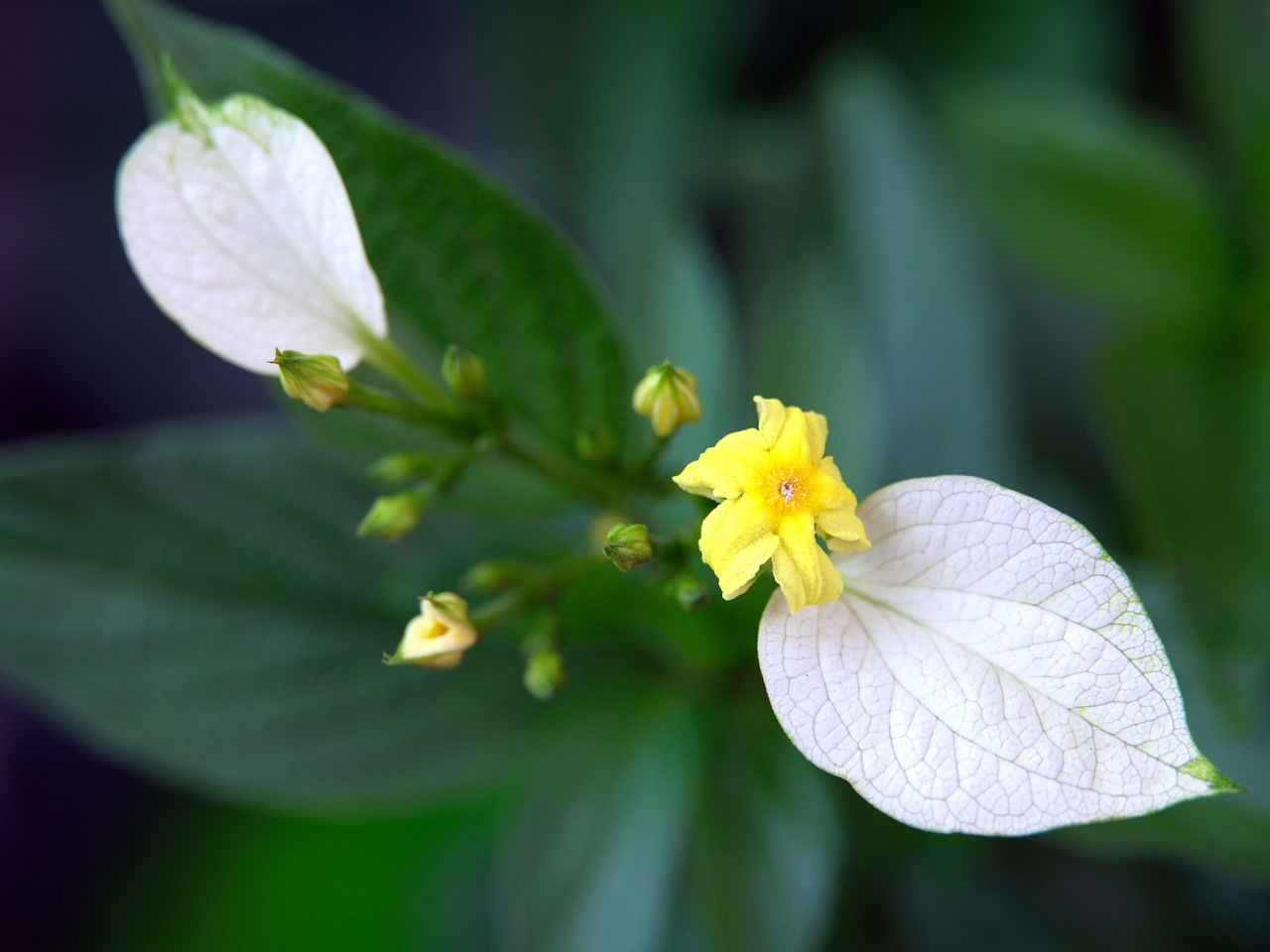Rugosa Rose | A Flower Blooming with the Northern Sea Breeze

The Rugosa rose is a deciduous shrub of the Rosaceae family, native to East Asia. In Japan, it grows naturally along the coasts from Hokkaido to northern Honshu.
It is highly tolerant of sea winds and cold climates, combining the hardiness of a wild rose with the beauty and fragrance of a cultivated flower.
In this article, I will introduce the basic characteristics of the Rugosa rose, its cultural background across the world, its historical development, and practical tips for cultivation.
Basic Information
- Scientific name: Rosa rugosa
- Family: Rosaceae
- Origin: Japan, northeastern China, the Korean Peninsula, and the Russian Far East (coastal Siberia)
- Appearance: The leaves are thick and deeply wrinkled (hence the name rugosa = wrinkled). The flowers are usually single-petaled, 5–9 cm in diameter, in shades of reddish-purple or white. They are strongly fragrant, and after flowering, they produce large red fruits (rose hips).
- Flowering season: From mid-May to around September, blooming intermittently under favorable conditions.
Cultural Significance Around the World
In Japan, the Rugosa rose has long been recognized as a symbolic coastal plant, and it has been designated as the prefectural flower of Hokkaido. In areas such as Nemuro in eastern Hokkaido and the Rishiri-Rebun region in the north, it forms dense colonies on sandy beaches and coastal grasslands, shaping the local landscape.
Among the Ainu people, the blooming of the Rugosa rose was regarded as a seasonal marker of summer’s arrival, integrating the plant into daily life as a symbol of nature’s cycles.
From the late 19th century, the Rugosa rose was introduced to Europe. In Britain and Germany, its strong fragrance, hardiness, and resistance to pests and diseases were highly valued, leading to its use in rose breeding. This gave rise to the group of cultivars known as “Hybrid Rugosa,” which became well established in gardens and parks, especially in cooler climates.
Historical Episodes
The Rugosa rose has been recorded in Japanese botanical literature since the mid-Edo period, appearing in works such as Honzo Zufu and Somoku Zusetsu. It was primarily regarded as a native plant rather than an ornamental species, deeply rooted in the natural scenery of Japan.
Its spread overseas began in the mid-19th century through plant explorations. British plant hunters brought specimens back from East Asia, including the Rugosa rose. At the Royal Botanic Gardens, Kew, cultivation was attempted, and the plant attracted attention for its robustness and fragrance.
Subsequently, in France, the Netherlands, and Germany, hybridization efforts flourished, and many Hybrid Rugosa cultivars were released from the late 19th to early 20th centuries. Notably, German horticulturist Peter Lambert introduced cultivars such as Rosarie de l’Haÿ. These varieties later spread to North America and Russia, where they were used not only as ornamental plants but also for windbreaks and coastal protection.
Gardening Advice
The Rugosa rose is highly tolerant of cold and salt, making it a stable and resilient choice for both garden beds and containers. With proper care, it can be easily managed at home:
Sunlight
Prefers full sun. It tolerates strong sunlight typical of coastal areas. It can grow in partial shade, though flowering will be reduced.
Watering
For outdoor planting, once established, it usually requires only natural rainfall. For pots, water thoroughly when the soil surface dries, avoiding overwatering.
Soil
Well-drained yet moisture-retentive soil is ideal. Sandy soil mixed with leaf mold or high-drainage potting soil is recommended.
Fertilizer
Apply slow-release fertilizer in spring and autumn to support stable growth and abundant flowering. Follow product instructions.
Pruning
After flowering or in winter, remove dead or crowded branches to improve airflow and reduce disease risk. Renewal pruning every 3–5 years is effective.
Wintering
Extremely cold-hardy and can overwinter outdoors even in snowy regions. For potted plants, place them in a sheltered location away from strong winds and freezing.
Conclusion
The Rugosa rose is a wild rose that has adapted to harsh environments, while also gaining high horticultural recognition. In Japan, it is closely tied to coastal landscapes and culture, particularly in Hokkaido.
Introduced to Europe in the 19th century, it became the foundation for cold-resistant rose breeding. Loved across regions and eras, the Rugosa rose continues to shine in both natural landscapes and cultivated gardens, contributing to diverse and beautiful scenery.




